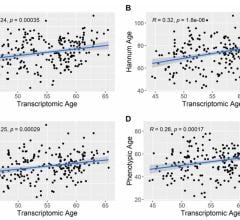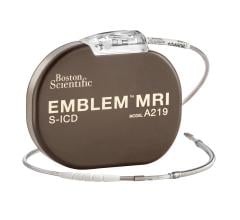
May 20, 2013 — Patients with ruptured abdominal aortic aneurysms (AAA) are more than twice as likely to survive if they have minimally invasive repair than if they have surgery, suggests a 10-year study being.
The aorta is the body’s main artery and about 90 percent of people who suffer from ruptured AAAs bleed to death. Those who make it to the hospital undergo either open surgical repair or minimally invasive treatment with endovascular aneurysm repair (EVAR).
“Many of these patients are frail, with a variety of health issues, and a minimally invasive solution is by far the best option,” said Sherif Sultan, M.B., M.D., an endovascular surgeon at the University College Hospital Galway, Ireland. “We found 85 percent of patients are suitable for minimally invasive aneurysm repair and in those patients, EVAR should always be the first option.”
The study involved 106 patients who had AAA repair between 2002 and 2012, 75 of whom had open surgery and 31 of whom had EVAR. Overall mortality was higher for surgery patients, with 49 (65 percent) dying within 30 days versus 10 (32 percent) of those who had EVAR. After one year, 12.5 percent of surgery patients were alive versus 56 percent of EVAR patients. Most of the patients died of a co-existing health condition.
AAA is a weakening and ballooning in the aorta, the artery that carries blood from the heart to the rest of the body. AAA is most common in men 65 years or older. Other risk factors include a history of smoking, high blood pressure, high cholesterol and atherosclerosis. The larger the AAA, the more likely it is to rupture.
Open surgical repair of the aorta involves making a 12-inch incision in the chest and cracking open the ribs to access the aorta. The patient is placed on partial heart-lung bypass, the aorta is clamped off and a fabric graft sewn into place.
EVAR involves threading a collapsed fabric tube, or endograft, through a catheter into a small incision in the groin artery and advancing it through the artery to the site of the tear in the aorta. The endograft is expanded in place, and blood flow is redirected through it, sealing off the tear.
For more information: www.iset.org


 June 03, 2024
June 03, 2024 








